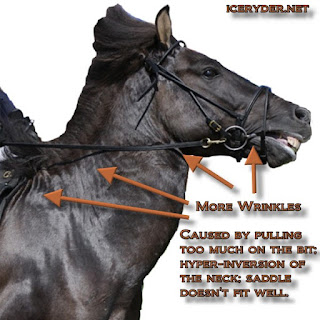An Icelandic Horse should have no reason to open his mouth while being ridden. Horses are nostril breathers. Opening the mouth can indicate problems / pain from the bit, noseband, heavy contact, etc.
If the horse is fighting the bit, what should be done? whose responsibility is it to be sure that the horse is comfortable in his job?

























